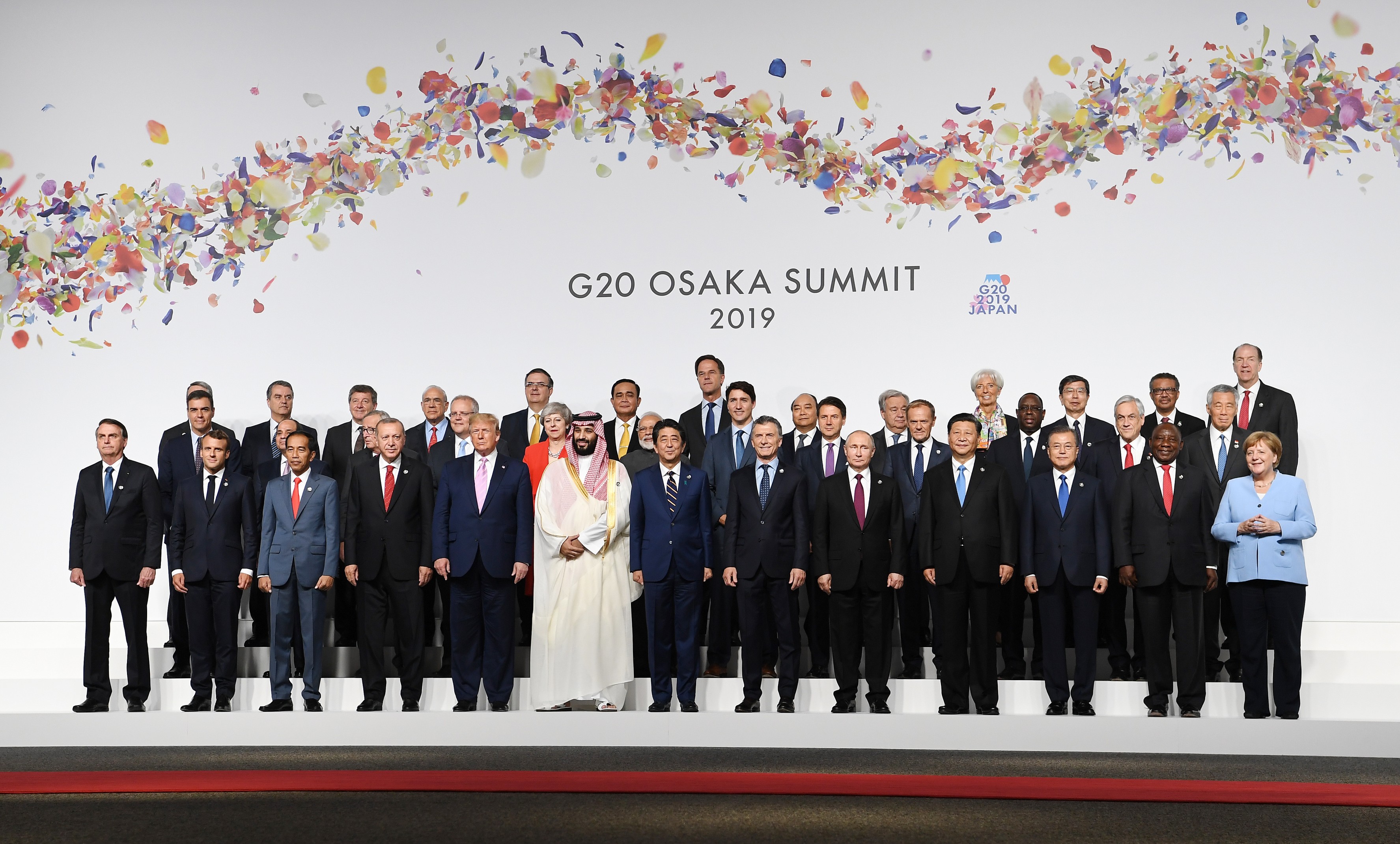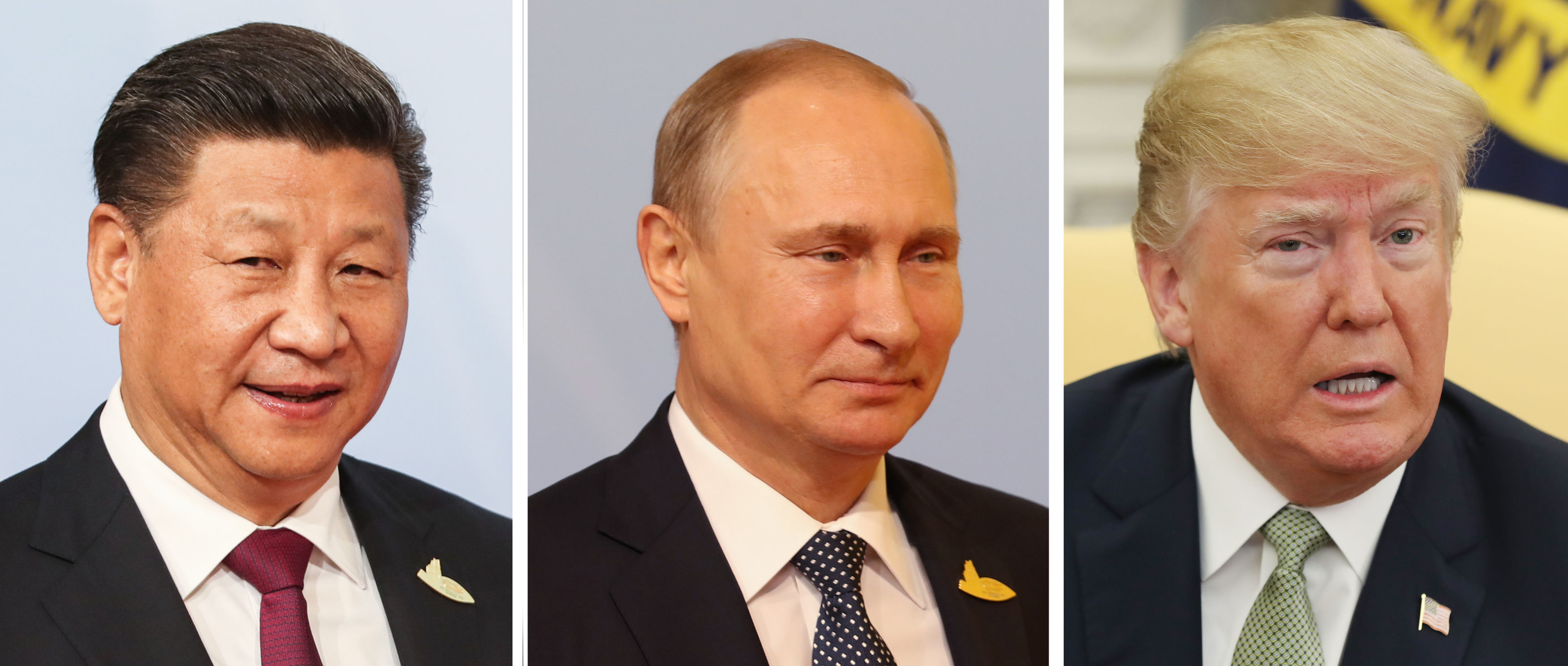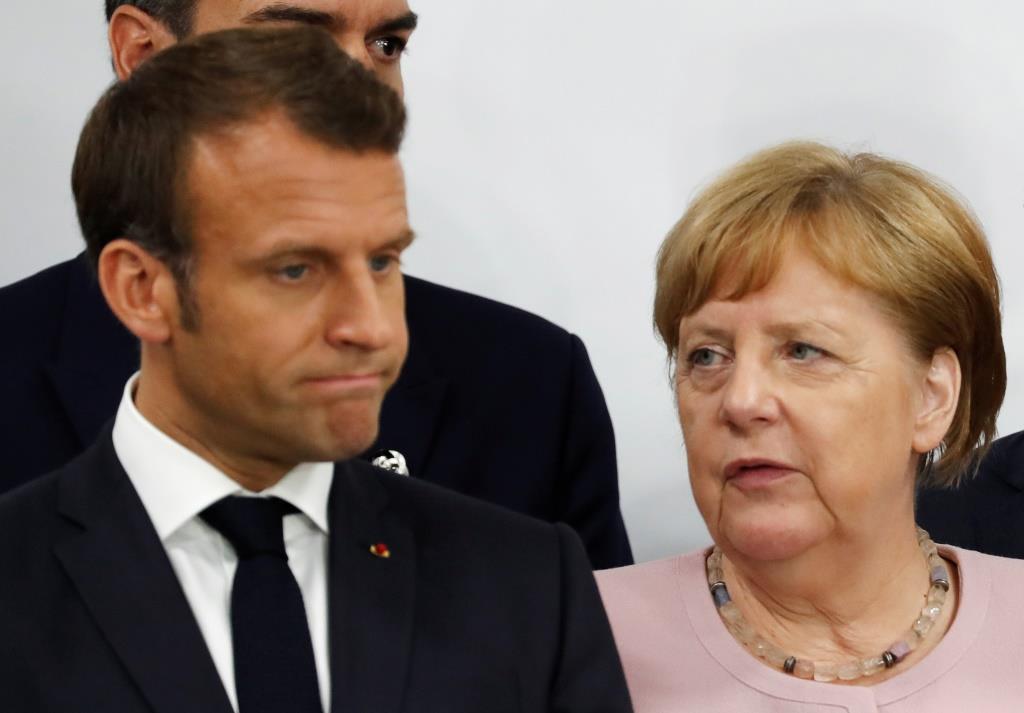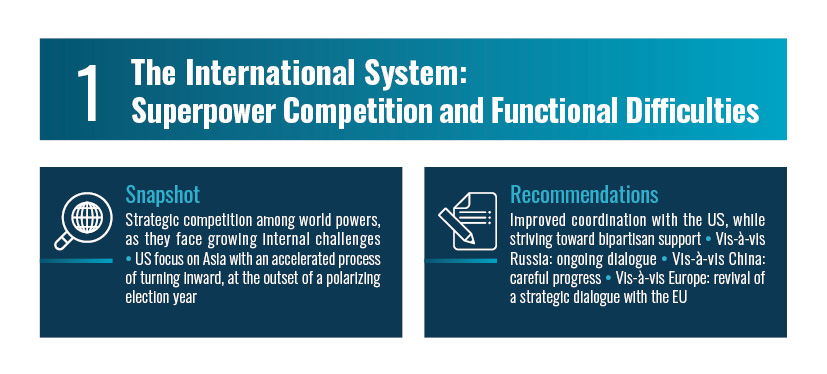Publications
Strategic Survey for Israel 2019-2020, The Institute for National Security Studies, January 2020

After three decades of United States dominance as the only global superpower, the third decade of the 21st century begins amidst strategic competition in the international arena on multiple levels. Countries, organizations, and international corporations are part of this competition, which is led by the world powers: the United States, which is still the strongest in the world in terms of resources and capabilities; China, which uses its economic power as leverage for political influence and increased military power, even though its growth rate has slowed; Russia, whose veteran president, Putin, is coping with complex internal challenges; and the European Union, which is struggling with migration issues and Brexit, and the various challenges from Russia.
The Strategic Competition in the International Arena
While the core of the competition deals with ensuring basic human needs (water, food, energy, and sustainable climate conditions), unlike efforts in previous decades to strengthen cooperation, in the current era it is evident that the actors in the international system strive to advance narrower interests and achieve dominance mainly through four complementary dimensions of competition: ideology and politics (norms, values, rights, institutions); the economy (trade, investments, energy, transportation, means of production, infrastructure); technology and innovation (artificial intelligence, advanced communication, quantum computing, data); and defense (robotics and autonomous weapons, cyber, the space race, control of weapons of mass destruction).
As part of this competition, the “international liberal order” – led by the United States, and as it existed since the end of World War II – has been gradually challenged and undermined, mainly by China and Russia, but also by the Trump administration. At the same time, many states are attempting to restore control over sovereignty and leadership in areas that were “expropriated” from them as part of globalization processes. The current international system is divided and polarized, and around the world more and more populist leaders have arisen and advance a policy of isolationism, national seclusion, anti-globalization, and erosion of liberal norms. These processes have a direct impact on the limits of performance, attention, and willingness to invest resources in international efforts. Agreements that were achieved in the past are reopened and breached (climate, institutions, weapons control, conflicts), and the decreased willingness for cooperation makes it difficult to cope with existing and future problems and with cross-border challenges. In the background, a slowdown in the global economy is expected and possibly even an economic crisis, in part due to increasing competition that has escalated into rivalry that is reflected not only in the trade war between the United States and China, but also between other trade and economic partners.
This global polarization is influenced in part by major internal challenges facing each of the four world powers: the United States is entering a turbulent election year (including impeachment proceedings against President Trump),which will exacerbate existing trends of internal polarization, political volatility, and an isolationist approach that strives to reduce investment in foreign affairs, except for the purpose of short term political gain; China is coping with reduced growth and with challenges to domestic stability, and investing resources to tighten its control in the domestic arena while continuing its technological and economic growth, along with increased assertiveness and expansion of influence in the external arena; in Russia, internal challenges and public fatigue regarding international adventures strengthen those in the Kremlin who seek to make the most of détente processes with the West, while using crises such as Ukraine and Syria as bargaining chips; and in Europe, stability is undermined by domestic challenges( expanding economic gaps among the population, refugees and migration, the growing strength of extremists on the right and left, and the intensifying debate between supporters of the Union and those who support nationalism, of which the Brexit crisis is the most prominent symbol). In addition, there are changes in the intra-European balance of power (the end of the Merkel era and the increased standing of Macron) and the growing discourse on the need to reduce defense and economic dependence on the United States.

The Middle East in the Eyes of the Superpowers
Overall, the Middle East is a declining priority among the leading international actors due to their respective domestic constraints, concerns of military entanglement, and above all, the increased importance of East Asia. Consequently, the region is seen mainly as an area for hedging risks or exploiting local opportunities. The United States’ willingness to invest in the region militarily and politically has ebbed, while China’s interest in the region is mainly economic. US energy independence is another reason for reduced interest in the Middle East. The vacuums that developed following the gradual American withdrawal – including the withdrawal of forces from northeastern Syria, the possibility of reducing the forces in Iraq, and even talks with the Taliban in Afghanistan – are filled partly by Russia (in the Gulf, Syria, Libya, and Turkey), China (in Afghanistan), and Europe (in diplomatic activity vis-à-vis Iran and in securing shipping in the Gulf).
The targeted killing of Qasem Soleimani has the potential to spill over to a broad conflict between the United States and Iran. However, it is not yet clear whether the action is evidence of a tilt in policy by the United States toward a proactive military campaign against Iran’s regional activity. Alternatively, it may remain a concrete action taken for prevention and deterrence purposes that was designed to exact a heavy toll following activity by pro-Iranian elements, directed by Soleimani, including the death of a US citizen (December 27, 2019) and the storming of the US embassy in Baghdad on December 31. The event prompted the dispatch of additional US forces to the region, but it might also create a dynamic that leads to the departure of US forces from Iraq and the increase of Iranian influence there.

Implications for Israel
The Trump administration’s “maximum pressure” policy caused severe economic difficulties for Iran, which led to large-scale protests in Iran and reduced the resources at its disposal for furthering its negative efforts in the region. However, this strategy has not achieved its objective thus far, and it is unlikely that it alone will bring about the desired change in Iranian policy.
Until the killing of Soleimani, Iran’s regional buildup and subversion did not receive a significant international response, and remained for Iran’s adversaries to address, especially Israel. The broader implications of the targeted killing are not yet clear. For their part, European states, China, and Russia continue to cast their hope on the diplomatic channel with Iran.
The Israeli-Palestinian conflict has been relegated to the margins of international attention (including that of the United States and Europe), and there is less willingness to invest political resources in it. Consequently, Israel’s policy on the issue carries greater weight as the principal shaping factor. However, an American desire for achievements in advance of elections could push the administration to seek quick partial agreements (on Iran, the Palestinian issue, and China) with high visibility (even if at the expense of substance) that will not necessarily converge with Israeli interests.
Along with the growing challenges, Israel has “dual equity” for the superpowers in sporting relative advantages in key areas (technology, military, cyber, counterterrorism) while having the potential to cause damage and escalation. Despite the close relations with the Trump administration, Israel could find itself in increasing friction with the United States in light of several factors: different stances and conflicting interests, such as deepening relations with China – the United States’ main competitor-rival – in trade, innovation, and technology; American political initiatives on core issues for Israel (Iran and the Palestinians) that could be incompatible with Israeli stances and interests; and Israeli activity in Iran and Iraq that could be perceived as endangering American forces.
In this context, it seems that the chaos in the US administration, the policy vicissitudes, and the clear and frequent gaps between the President and the establishment challenge Israel’s influence on US policy on vital issues. The closeness with President Trump, against the backdrop of increasing political-social polarization in the United States, erodes bipartisan support for Israel – the most important asset underlying relations between the countries – and over time could undermine support for Israel among the Jewish community and the general public, and as a result, in Congress as well.
On a different matter, along with trends of socio-political polarization in the West, internal crises in some European states, and the social and political divisions and forthcoming elections in the United States, there has been a rise in global antisemitism (including in establishments, such as in Britain, Germany, Hungary, and Poland); greater delegitimization of Israel (among liberal-progressive groups, minorities, and younger populations); and growing alienation of the Diaspora from Israel (particularly among US Jewry).
Recommendations for Israeli Policy
Israel must adjust its policy to the era of strategic competition between the world powers, in accordance with three main guidelines:
First – preparing in the medium and long term for the day after Trump and Merkel (Israel’s most important friends) by restoring and consolidating bipartisan support in the United States (specifically, dialogue with the Democratic party and its supporters, and non-intervention in the elections and non-involvement in the issues under dispute in the internal political discourse); and reestablishing a strategic dialogue with Europe, based on shared interests and values and Israel’s technology, innovation, and defense assets.
Second – promoting Israel’s technological assets, including in the framework of the strategic competition between the world powers, through a combined policy centered on developing cooperation with the United States (establishing a “strategic innovation alliance” (and deepening the entry into growing markets, while carefully managing the risks to strategic relations with the United States (and in particular the need for in-depth coordination regarding relations with China and channels of communication with Russia.)
Third – demonstrating more active interest and involvement in the challenges facing Jewish communities around the world (continuity, connection to Israel, struggle against antisemitism); defining the development of Israel’s relations with the Diaspora as a high priority national mission (educational infrastructure, meetings and dialogue, joint activity); and considering the world Jewish community in internal decision making processes on core issues that also affect them.




